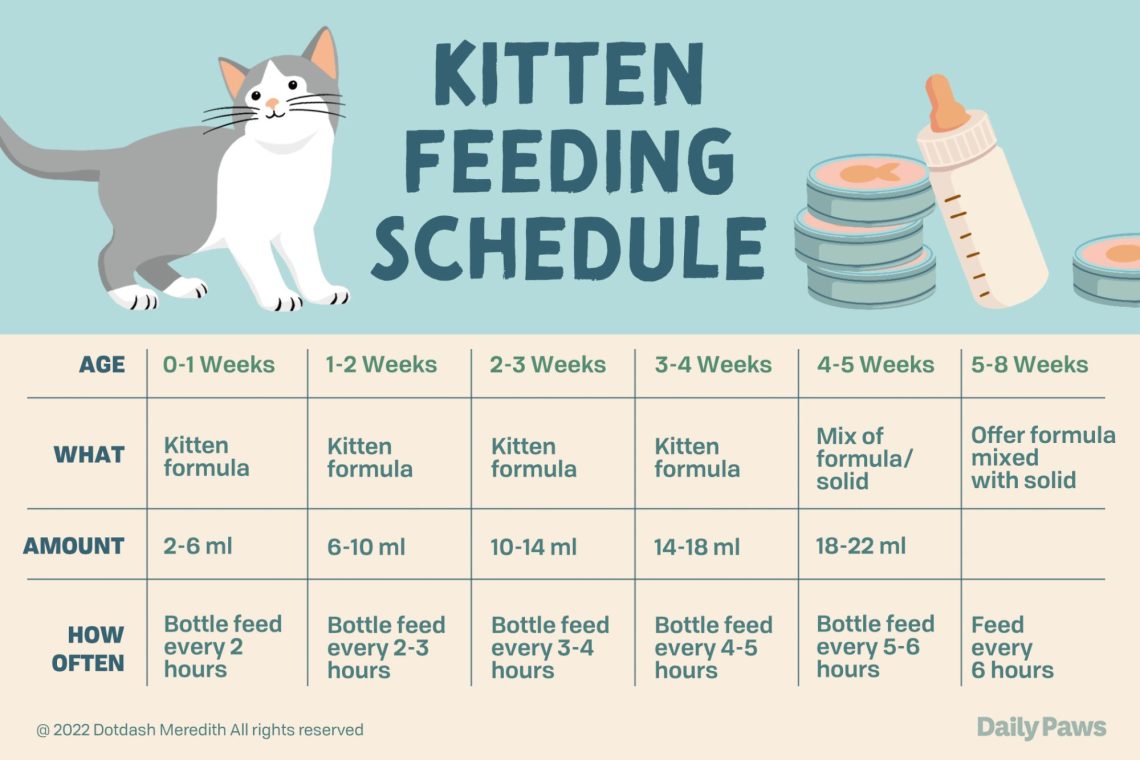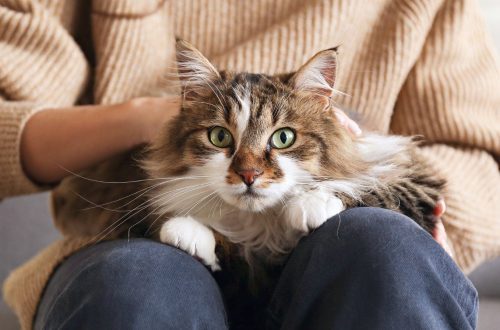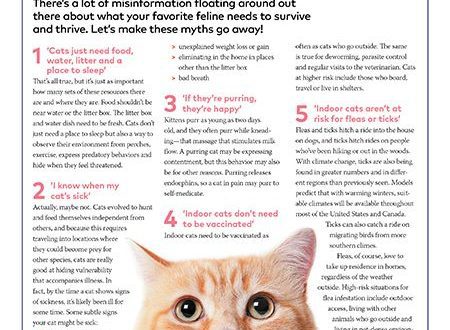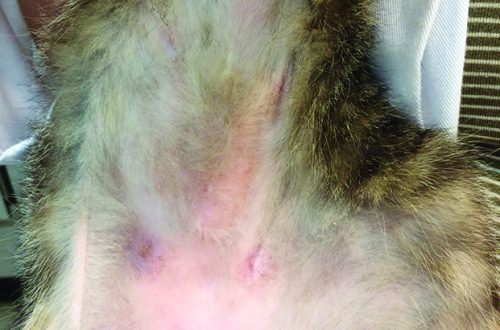
Kitten Feeding Tips
Contents
Feeding a kitten: food for thought

If you have just brought a kitten into the house, then the best way to take care of him is to feed him his favorite food. Not all kitten foods are the same, so you should consult your veterinarian for the first 5-7 days to find the best food for your kitten.
Introduce new food gradually
It is important to properly transition your pet to a new food by mixing the new food with the old food. Within 7 days, gradually increase the proportion of the new food until it completely replaces the old one.
Feed small meals
The stomach of a kitten is very small, so you need to feed your pet in small portions, but often. This means putting fresh food in a clean bowl at each feeding, up to four times a day, until the kitten is six months old.
Choose food carefully
A complete kitten food will provide all the vitamins and minerals your kitten needs, whether dry or wet, in a can or in a sachet. Whatever food you choose, strictly follow the feeding instructions on the package and be careful not to overfeed your pet.
Make sure that the kitten always has fresh clean water.
Believe it or not, kittens don’t need milk. And in some cats, cow’s milk can cause diarrhea. But, like a person, to maintain health, he needs to consume the right amount of water. Be sure to place a bowl of fresh, clean water freely available and make sure that it is always available. If you think that your pet is not drinking enough water, then it is possible that it is because he feels the chemicals in it – give him non-carbonated bottled water. Wet food is 90% water, so if the kitten refuses to drink water, add it to the diet, but remember that one bag replaces 50 g of dry food. Some animals prefer to drink from the tap – in this case, you can use a special fountain for cats. And do not forget that if the pet eats only dry food, be sure to give him plenty of water.
The kitten is spitting up – is this normal?
Sometimes vomiting is caused by minor digestive problems or an attempt to remove a hairball from the digestive tract. This is quite normal and should not cause concern. But if vomiting continues and you notice other symptoms, it is best to contact your veterinarian.





